If you have a furry friend on your homestead, you might be wondering whether he can more or less be left to his own devices while the two of you are working outside.
For the most part, yes – dogs generally know what’s good for them and what isn’t. However, there are some plants that are highly toxic and can even be deadly.
These poisonous plants for dogs aren’t found everywhere, but it’s important that you pay attention and know how to identify any that are in your area.
After all, it’s not worth sacrificing the health of your pup at the hands of ignorance! Here are some of the most common poisonous plants for dogs to be aware of.
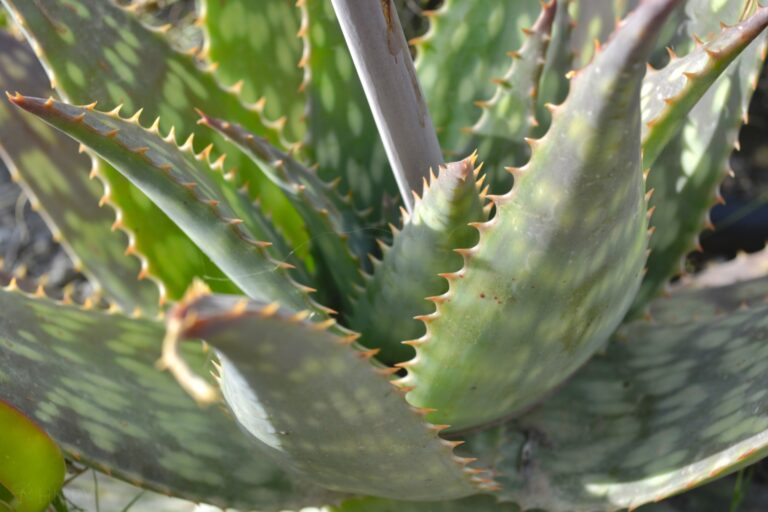
Aloe Vera
Aloe vera presents a ton of medicinal benefits for humans. You can rub the oils on your skin and even drink the juice! However, the same is not true of your dog.
Aloe vera contains saponins that can cause severe nervous system depression as well as symptoms like tremors, diarrhea, lethargy, vomiting, and more.
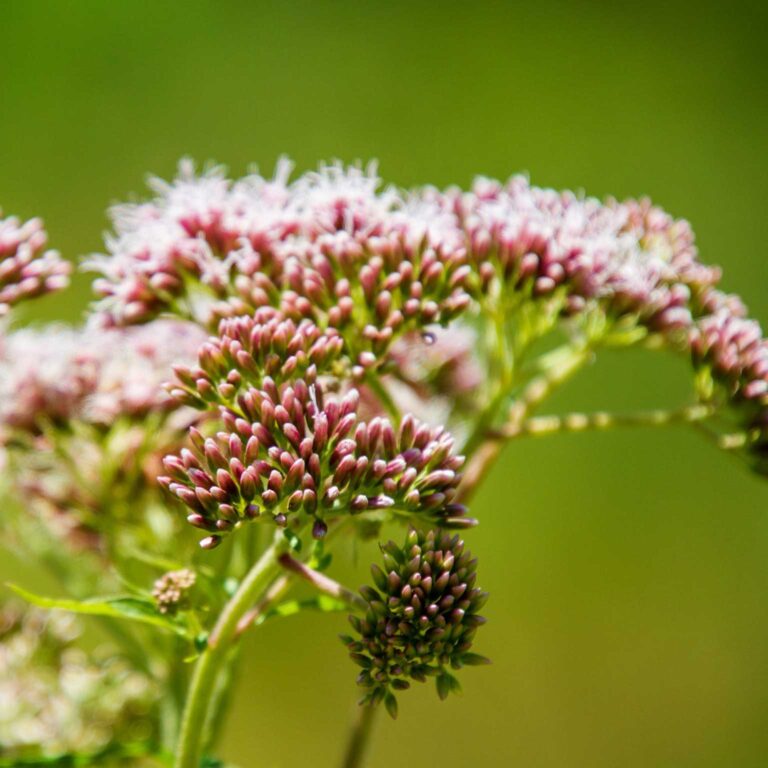
Milkweed
Milkweed is pleasant to look at and vital for monarch butterflies. However, it’s not so helpful for dogs.
Canines who choose to eat it will suffer from typical symptoms of poisoning like diarrhea and vomiting, but more serious issues can result, too – such as trouble breathing, kidney failure, and even death.
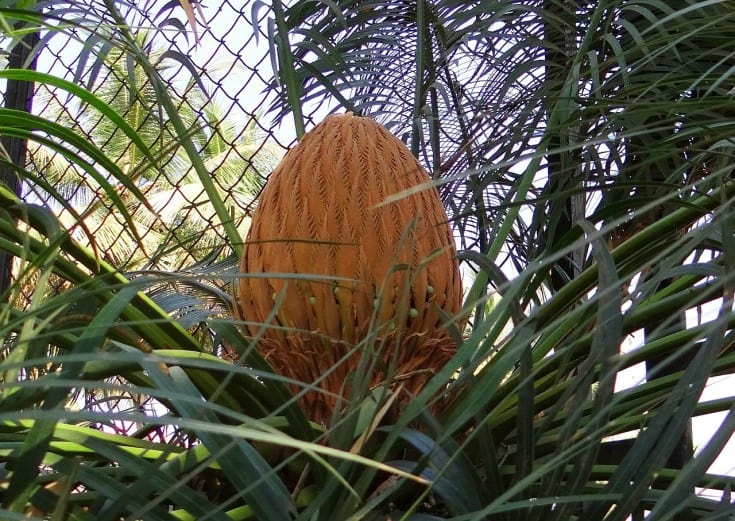
Sago Palm
Found in tropical climates, the Sago Palm is a popular plant for gardeners in these areas. Unfortunately, every part of the plant is toxic to dogs, causing liver failure and even death in extreme cases.
While dogs will often ignore plants, this one has chemical compounds that, for whatever reason, make it irresistible to pups.
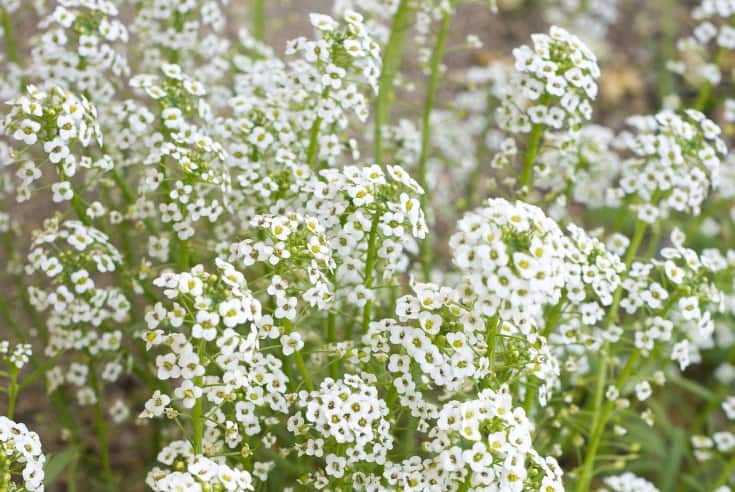
Baby’s Breath
Baby’s breath is a classic choice in floral arrangements, but it can cause a whole host of problems for your dog. Not only can ingesting baby’s breath lead to vomiting, but it can also cause severe diarrhea.
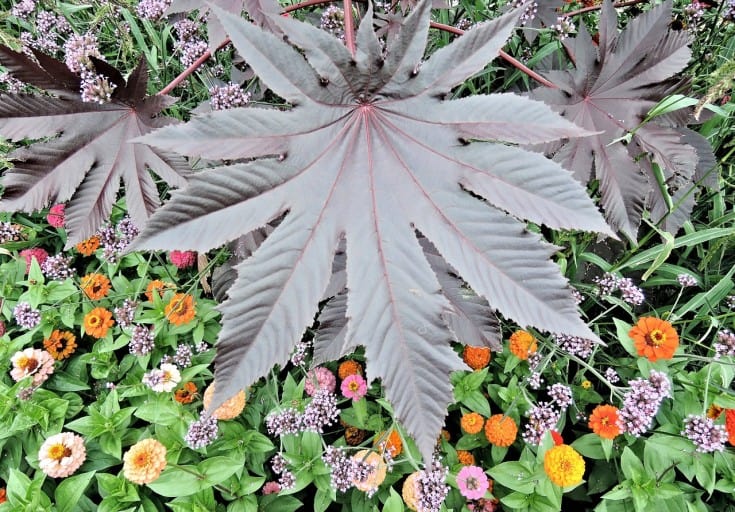
Castor Bean
Castor bean isn’t one of the most common plants that you might find in a garden, but it can cause a variety of problems for dogs if yours happen to encounter it.
This plant can produce serious symptoms like excessive drooling, diarrhea, vomiting, loss of appetite, and abdominal pain. It can be fatal in some cases, too.

Chrysanthemum
Chrysanthemums are beautiful in the summer, spring, and fall – but sadly, they can lead to some pretty severe health problems. Not only does eating chrysanthemums cause issues like vomiting and diarrhea, but it can also cause skin rashes and excessive drooling.
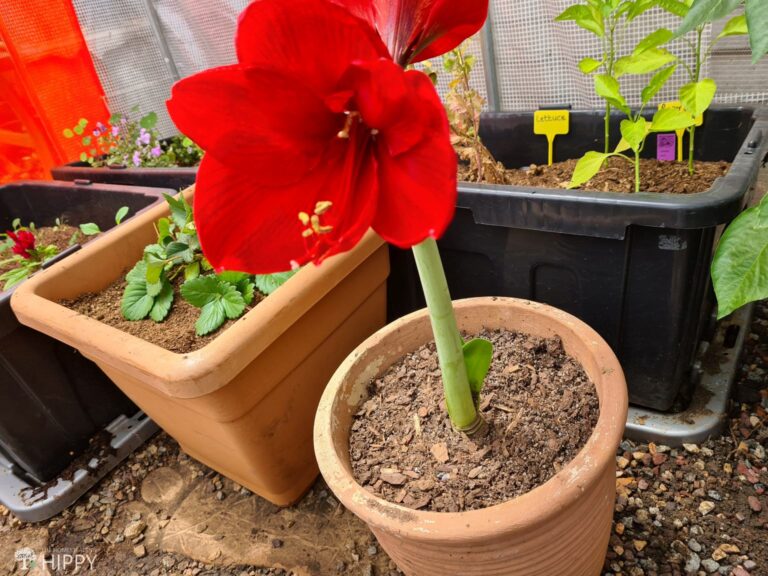
Amaryllis
A flowering bulb, amaryllis is a popular garden ornamental, prized for its simple beauty. Unfortunately, this plant is toxic to dogs, which is why many vets don’t recommend growing it indoors.
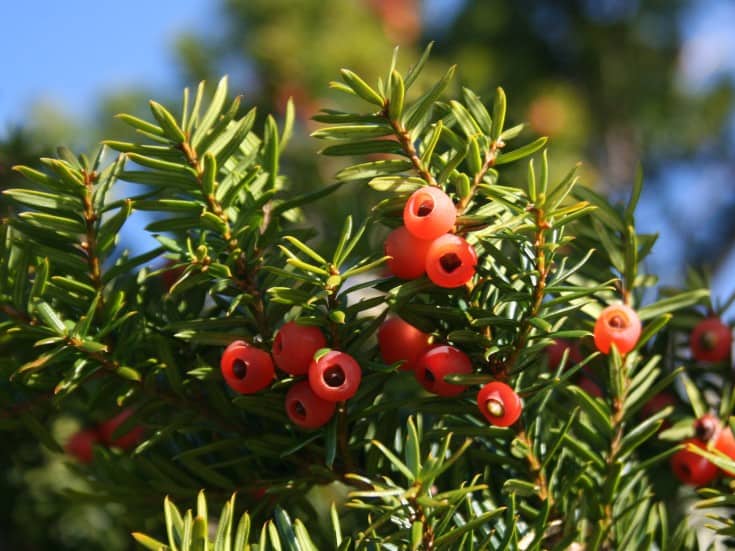
Japanese Yew
There are several varieties of Japanese Yew trees, including dwarf and giant trees. These all contain toxins that can cause difficulty breathing, seizures, vomiting, and tremors. These plants are common holiday decorations, but if you have dogs, you should choose some other kind of plant.
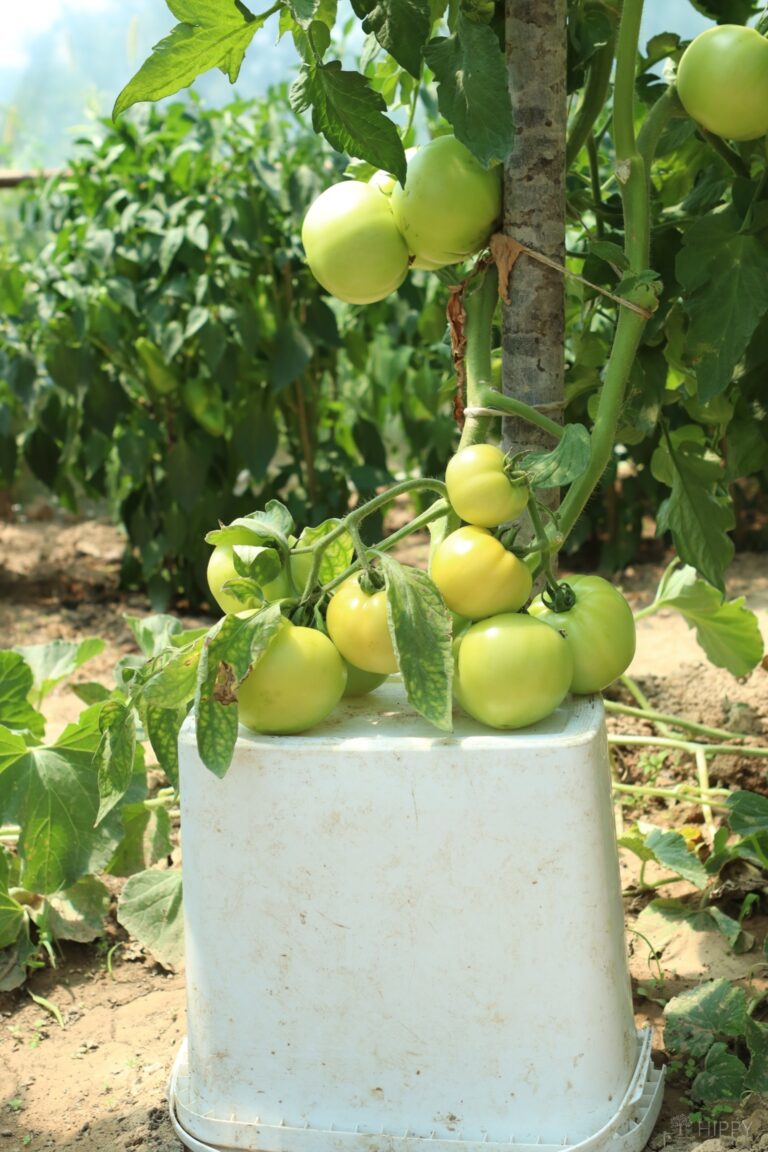
Tomato Plant
Just about every gardener cultivates tomato plants in his or her garden. As much as you love a good marinara sauce, the same can’t be said of your dog.
Although the fruits are fine for your dog to eat, the plants themselves (including the leaves and stems) are incredibly toxic. Your dog might suffer from gastrointestinal issues, dilated pupils, drowsiness, weakness, confusion, and even a slowed heart rate.
Ivy
Ivy looks beautiful as it crawls up your home or trellis, but unfortunately, it can cause some serious health problems in your dog.
Not only does ivy cause excessive salivation, diarrhea, vomiting, and drooling, but it can lead to serious abdominal pain, too.
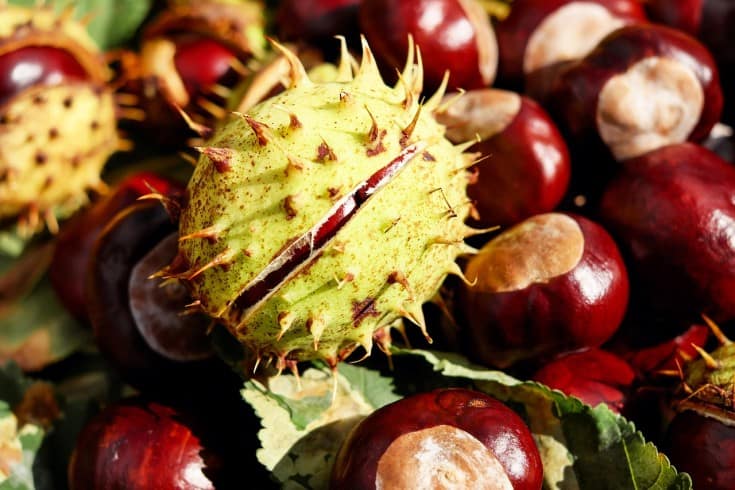
Buckeye
Buckeyes contain saponin, which can cause diarrhea and vomiting along with dilated pupils, convulsions, and issues with the central nervous system. Also known as Horse Chestnut, this tree should be avoided if you have dogs.
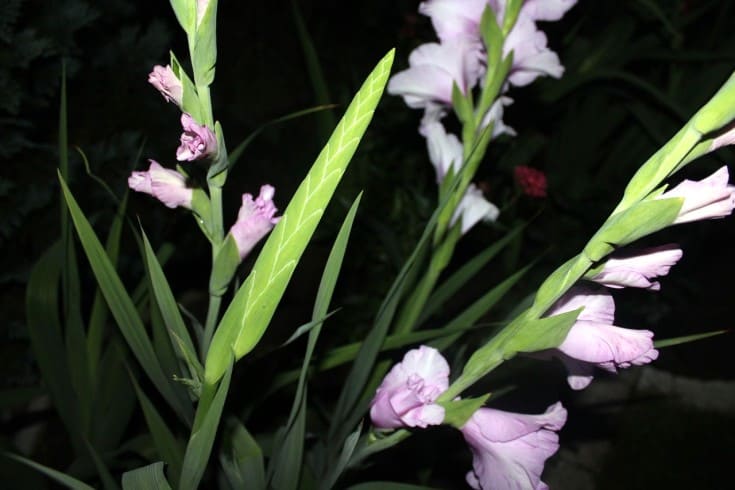
Gladiola
My personal favorite garden plant, gladiola is gorgeous – but it can cause some serious problems in your pup. Not only can its consumption lead to excessive drooling, but it can also cause diarrhea, vomiting, and lethargy, too.
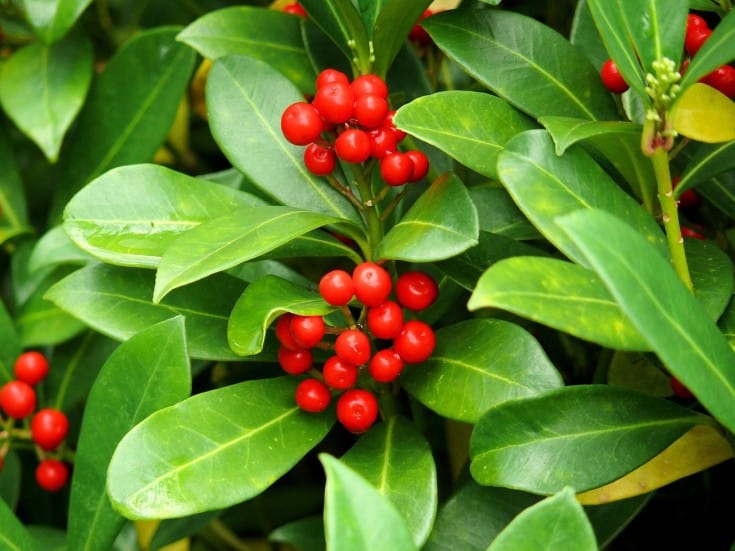
American Holly
American holly can’t be grown everywhere but is one of the most popular ornamental shrubs in its native growing zone. However, this low-toxicity plant is one your dog should avoid.
Although it isn’t super toxic to us as humans, it presents issues to many other types of animals – especially canines. Your dog might suffer from symptoms like diarrhea and vomiting upon ingestion.
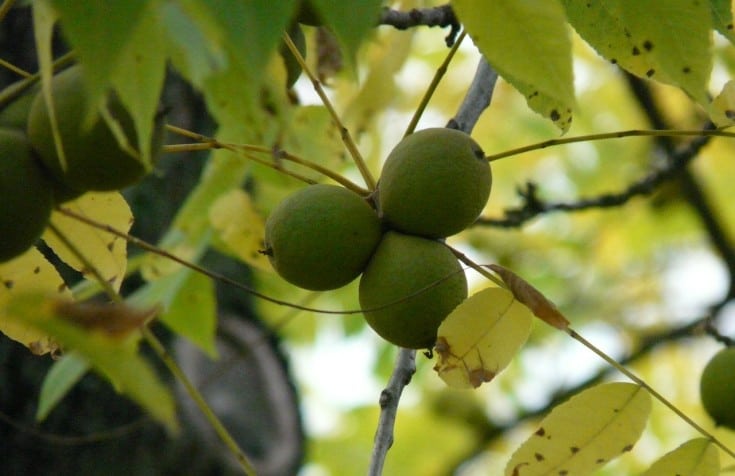
Black Walnut
Black walnut trees are toxic to a number of species, but especially dogs. It’s not the plant itself that’s toxic but instead its nuts. They decay rapidly and produce mold, leading to problems when a dog ingests them.
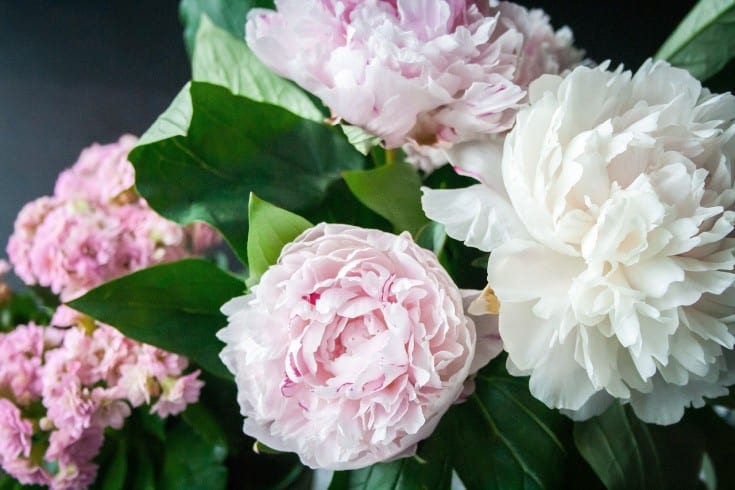
Peony
The peony is a beautiful flowering plant that, unfortunately, can lead to diarrhea and vomiting in dogs. This is because it contains a common toxin, paeonol, in its bark.
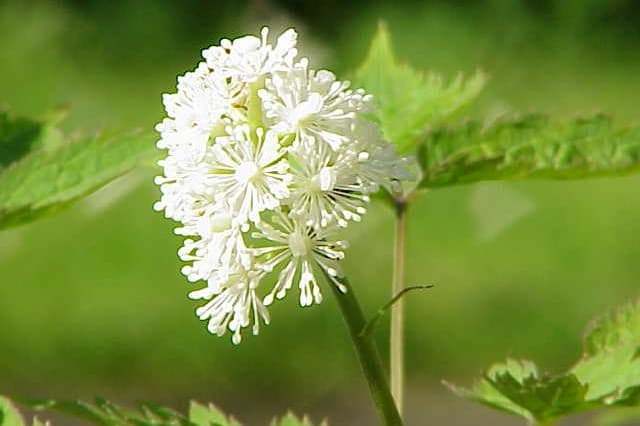
Chinaberry
Chinaberry plants have leaves, bark, flowers, and berries that are all toxic. These can cause serious issues such as diarrhea, vomiting, lethargy, and even more long lasting problems like seizures and shock.

Daffodil
The classic hallmark of spring, the daffodils are lovely to look at but unfortunately not the best treat for your dog to snack on.
Eating daffodils can cause your dog to suffer from low blood pressure, tremors, diarrhea, cardiac arrhythmia, and intestinal spasms, just to name a few of the symptoms.
Fruit Trees
Not all fruit trees are toxic to dogs, but there are some that you should watch out for. Any fruits that have pits, like peach, apricot, plum, and avocados (or those with large seeds like apples and cherries) should be avoided.
These are choking hazards and the seeds and pits contain toxins that can make your dog sick, too.

Azalea
Azaleas and rhododendrons are flowering shrubs that are poisonous to dogs, producing serious grastroinetsintal issues. Not only can they cause your dog to suffer from a weakened heart rate, but eating too many can lead to death, too.

Lilies
Most people have lilies growing somewhere on their property. While not all lilies are dangerous to dogs, the ones that are can be extremely toxic. They are not only dangerous to dogs, but also cats and other pets, too.
Some lilies, like the calla lily, release substances that can burn a dog’s stomach and mouth.

Hydrangea
Hydrangea has high toxicity in its leaves and flowers. Ingesting it can lead to lethargy and gastrointestinal problems like diarrhea and vomiting.

Foxglove
Foxglove is a towering flower that is absolutely gorgeous. Sadly, everything from the petals to the seeds are toxic, causing symptoms like cardiac arrest and even death.

Tulip
You wouldn’t think there’s any malignant about the delicate tulip, but unfortunately, these flowers are also poisonous to dogs.
They can cause serious gastrointestinal problems along with nervous system depression, convulsions – even death.

Begonia
Begonias are common garden flowers that can cause severe oral irritation and inflammation of the gums and mouth. In addition, they can lead to excessive drooling, vomiting, and diarrhea.
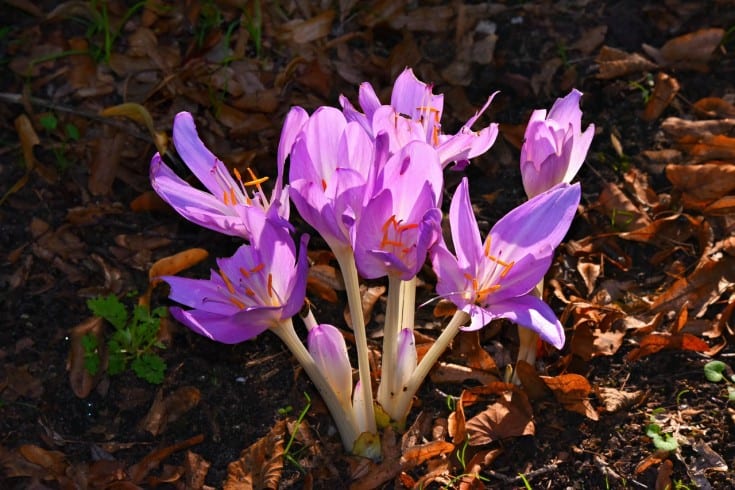
Autumn Crocus
The autumn crocus is an autumn-blooming plant that is quite lovely to behold, but is unfortunately extremely toxic to dogs.
It can cause gastrointestinal bleeding along with severe kidney and liver damage. You won’t always notice symptoms right away – it can take a few days to appear.
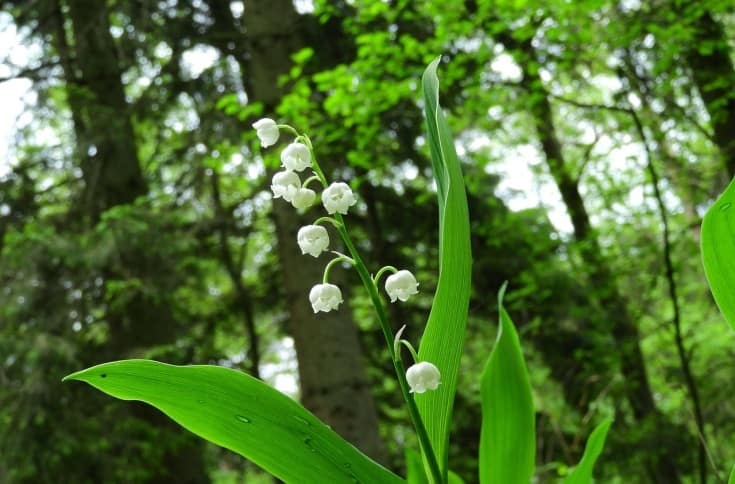
Lily of the Valley
Another dangerous plant for dogs is the Lily of the Valley. It can cause serious symptoms like cardiac arrhythmia, vomiting, and diarrhea.

Oleander
Oleander is poisonous to most creatures – including humans – but is particularly toxic to dogs. Fatal whether it is fresh or dried, this plant needs to be avoided at all costs.
How Can I Prevent My Dog From Getting Into Toxic Plants?
Each year, countless dogs fall ill and even die as a result of accidental poisoning. While many cases of poisoning involve household hazards – like chocolate or insecticides – plants are also common sources of toxins.
To start, make sure you always keep emergency information handy. Know your vet’s phone number and be prepared to call him or her should anything go awry. It’s also a good idea to educate yourself on any emergency pet facilities in the area.
Also, try to keep dangerous plants out of reach.
This is easier said than done with houseplants than it is with outdoor-grown plants, but as best as you can, try to make toxic plants off-limits to your pets. Fences are helpful, and raised beds can also prevent your dog from wandering among your plants.
In the case of garden plants like tomatoes, your easiest route may be to fence off the area with the toxic plants. If your dog can’t get to the plant, he’s probably not going to take a taste.
Identifying all the plants that you have growing on your property is also essential. Even in the case of wild-growing species, it’s important to know what the plants are that your dog might be exposed to.
You may consider creating a pet first aid kit, too. This might include gauze or activated charcoal as well as other items that might come in handy in the case of an emergency.
Training your dog to avoid harmful plants is essential, too. This can take a lot of work and dedication on your part, and is best started when your furry friend is still a puppy.
Whenever your dog approaches a plant he should not be eating, loudly shout, “No!” when he gets close. If your dog moves away, respond with a treat.
When your dog is outside, keep a close eye on him. Be resilient and consistent about correcting the unwanted behaviors of eating the plants – and make sure you correct him each and every time.
In some cases, you may even be able to deter your dog from eating toxic plants by sprtizing them with diluted lemon juice. Some dogs don’t like the smell of citrus and will avoid plants when lemon is applied.
What Should I Do if My Dog Ate a Toxic Plant?
First, don’t panic. Get in touch with your vet as soon as possible. If you can’t contact your vet for some reason, know that the American Kennel Club offers a 24/7 “vetline” (or hotline) that can answer questions about your dog’s health. They will let you know whether you dog needs to be examined by a veterinarian, too.
Whether you are able to contact a vet or not, you next need to do your best to identify the plant your dog ate. If you actually saw him nibbling on a plant, you shouldn’t have a hard time doing this. However, you might need to collect a sample of your dog’s vomit in a plastic vet.
Once you get to the vet, give her as much information as possible, including your dog’s weight, symptoms your dog is exhibiting, and what you think the plant might be (as well as when he ate it).
Despite what you might read on the internet, it’s not a great idea to try and induce vomiting. Certain plant poisons require specific treatments – often, vomiting can make some infections worse.
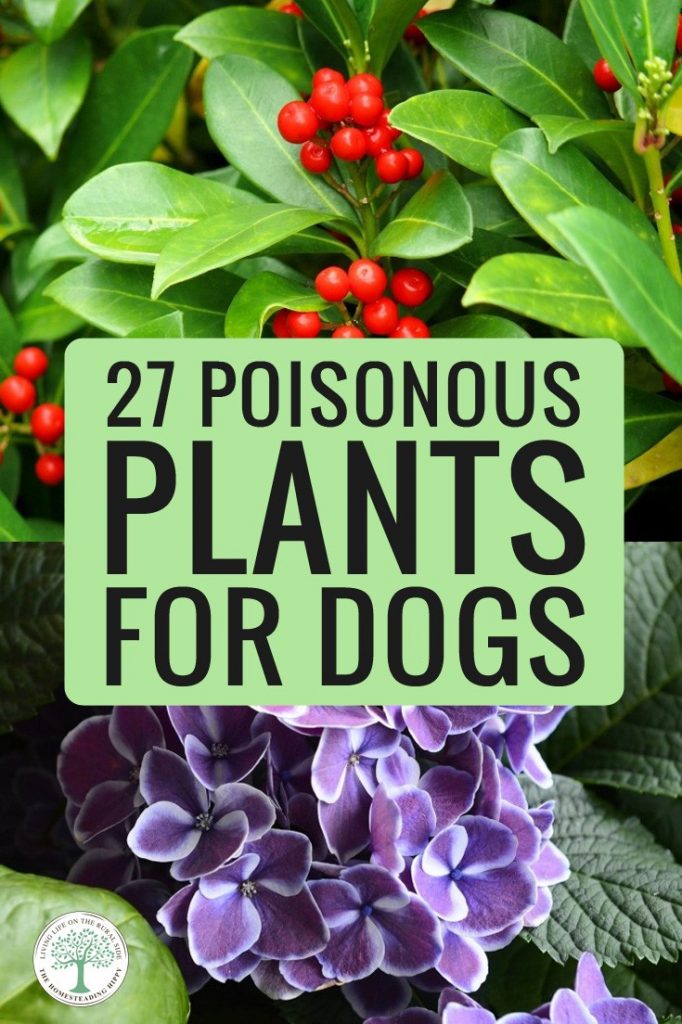

Rebekah is a full-time homesteader. On her 22 acres, she raises chickens, sheep, and bees, not to mention she grows a wide variety of veggies. She has a huge greenhouse and does lots of DIY projects with her husband in her ever-growing homesteading endeavor. Learn more about Rebekah here.

Thank You
I really appreciate your knowledge, l am literally in shock. I have so many of the plants, I have better knowledge of how to protect my 8 week old doberman puppy. Thank you so much.